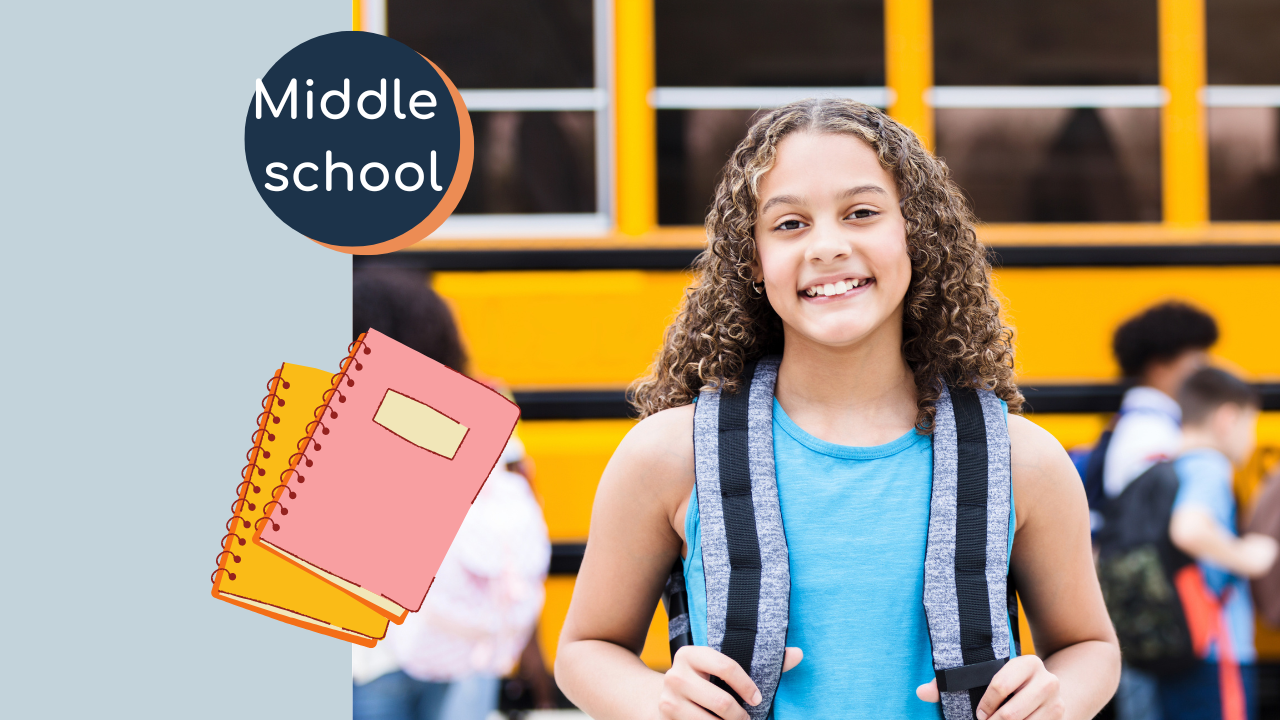Caregivers (and their children) have enough to worry about, and while they shouldn’t have to research the correct terminology to describe themselves, it’s important to represent learning disabilities and differences correctly. In this article, we break down terms practitioners use when discussing learning needs and challenges so you can feel comfortable when referring to loved ones.
What are Learning Disabilities?
A learning disability is a permanent disorder that affects the manner in which individuals with normal or often above average intelligence acquire, retain, and express information. Such difficulties in processing information can significantly interfere with academic or social development. Learning disabilities are commonly recognized in adults as difficulty in one or more of these areas: reading, comprehension, spelling, written expression, handwriting, mathematics, oral expression, and problem-solving. Adults with learning disabilities may also have perceptual difficulties. It is important to remember that no two students with learning disabilities have the same profile of strengths and weaknesses. Examples of diagnosable learning disabilities include, but are not limited to:
- Dyslexia
- Dyscalculia
- Dysgraphia
- Dyspraxia/Developmental Coordination Disorder
- ADHD
Children with specific learning disabilities (SLD) are eligible for special education services or accommodations at school under the Individuals with Disabilities in Education Act (IDEA)
and an anti-discrimination law known as Section 504. The U.S. Department of Education issued a ‘Dear Colleague’ letter providing clarification to both parents and practitioners about ensuring a high-quality education for children with specific learning disabilities, including children with dyslexia, dyscalculia, and dysgraphia.
How Learning Disorders are different
But wait, didn’t we just say a disability is a disorder? So, what is a disorder then? Simply put, having a learning disorder means a child has difficulty in one or more areas of learning, even when overall intelligence or motivation is not affected. Some learning challenges are defined as a disorder by clinicians because the term can be used more broadly to describe anything that creates excessive persistent and severe (well beyond age and gender) symptoms that lead to harm, impairment and, as a result, suffering. Thus, all learning disabilities are disorders, but not all disorders are qualified as a medical diagnosis.
Ok, so what is a Learning Dysfunction?
Dysfunction is traditionally used to describe one’s lack of executive functioning abilities and is not commonly used to describe learning disabilities. Executive functioning—the cognitive skills such as working memory, emotional control and cognitive flexibility—is the precursor to all other learning pathways. If you are unable to cognitively function effectively and efficiently, then your daily operations and happenings can become chaotic and impact your ability to learn and function fully.
These are all Learning Differences
Diversity and variety is what makes life worth living. Every single brain is different and requires different strategies and care to fully thrive. At Learnfully, we utilize the term “differences” to explain the normality of variability among us. Neurodivergent and neurotypical brains all learn differently and these differences contribute to the greater good. Neurodiversity is the range of differences in individual brain function and behavioral traits, regarded as part of normal variation in the human population. Learning differences take into account individual learning motivators; learner aspirations, interests, experience and cultural background; and individual students’ strengths and needs.












